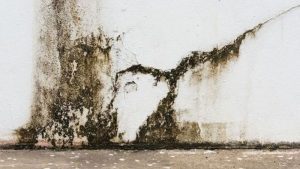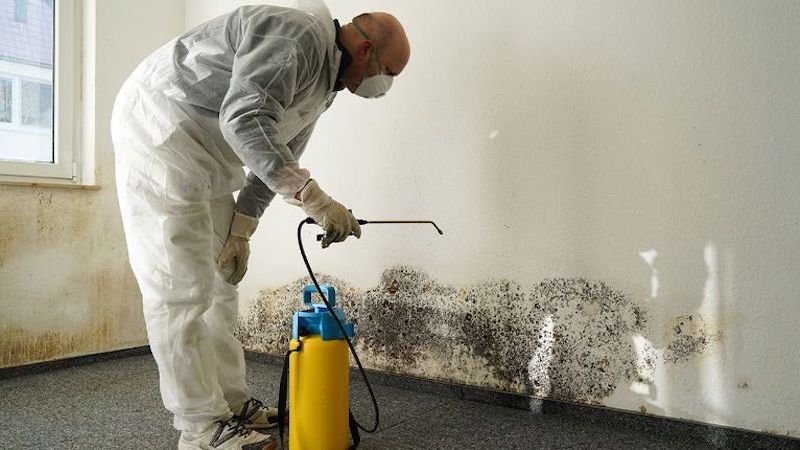Make Sure to Check for Mold Before Listing Your Home for Sale
Mold can be a serious issue that may reduce the value of a home when it comes time to sell. Occupants may be unknowingly living with mold and the unhealthy environment it creates. What should homeowners know about mold and how to spot it? Addressing initial signs of mold can help homeowner’s maintain home value and their health. Learn more about mold and why it is necessary to take care of it before selling a home.
Signs of Mold
It can be far too easy to ignore initial signs of mold. Mold may be difficult to find. Mold can grow inside walls, around leaky pipes and between tiles in the bathroom. Rooms with a high-moisture content offer a perfect environment for mold growth. One of the first signs that mold is growing, even before it can be seen, is a musty smell in a room or space. In addition, condensation may be a sign as it shows homeowners that there is a potential moisture issue. Homeowners may find droplets on windows and metal pipes. Items that need repairs may also allow mold to form. Homeowners may want to address issues such as water damage, leaking roofs, pipes or taps. Cracks in walls may also permit additional moisture to enter a wall space or into a home.
There may be hidden signs of mold growth as even non-toxic forms may lead to flare-ups of symptoms from certain health conditions. Mold in a home may aggravate allergy symptoms and lead to respiratory problems. Individuals without a history that begin to develop symptoms may want to look into having a mold test performed on their home. When individuals have been exposed to mold over a long time, they may get symptoms such as nausea, constant fatigue or develop chronic bronchitis or a neurological disorder. Addressing a mold problem can help protect the health of occupants before they consider selling a home.
Reducing moisture and making necessary repairs can help homeowners address a current mold problem and prevent it from reoccurring. Mold remediation without attending to a leaking roof or other major source of the problem will allow an environment that encourages mold growth to continue to do so. Homeowners living in areas with high humidity may want to run their dehumidifier or use their air conditioner. Keeping humidity lower than 60 percent with the use of such devices can help homeowners avoid a mold problem.

Mold Damage Repair Highland Park IL
Why Address Mold Problems Before Listing
Avoid passing along a known mold problem to potential buyers. A home inspection is generally performed before a buyer actually decides to purchase a home. Current homeowners can pay for mold remediation before listing or deal with it after it is found that a home contains mold. At this point, current owners may need to quickly and professionally take care of the problem or agree to a lowered offer. It is important that owners that have professional mold remediation performed keep all documents to show to potential buyers if needed. It is better that any mold issue is known and addressed at the outset as some buyers may walk away from a home if it shows signs of harmful mold. Having a mold problem can make it harder to sell a home and requires more time and energy from a seller looking for a buyer willing to take on the task of addressing the issue.
Handling Mold Growth
Homeowners may first need to address moisture problems as mold often grows in damp basements, crawlspaces and bathrooms. Be on the lookout for black mold formation near pipes. Remember that mold spores can spread throughout a home when homeowners use their HVAC system. It is important to take precautions when addressing mold growth. Allergy and health condition symptoms may be exacerbated from mold in a home. It is useful for homeowners to work with a licensed mold remediation specialist to take the steps necessary to remove existing mold and prevent it from reoccurring.

